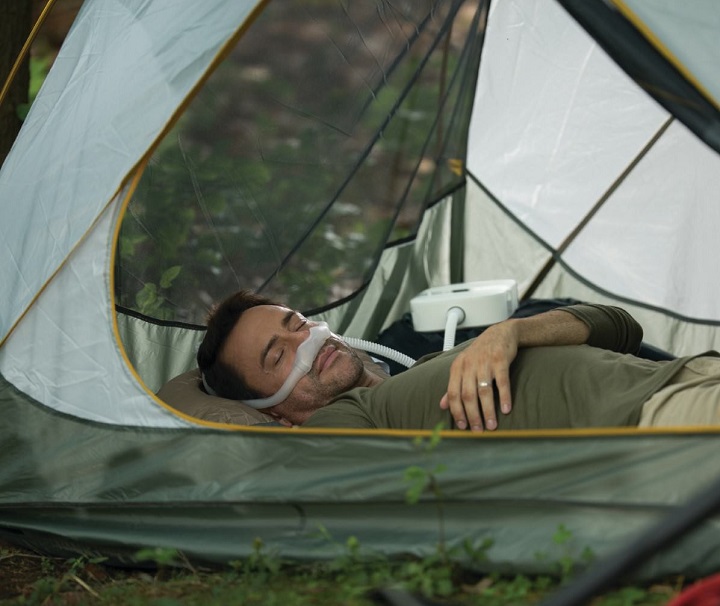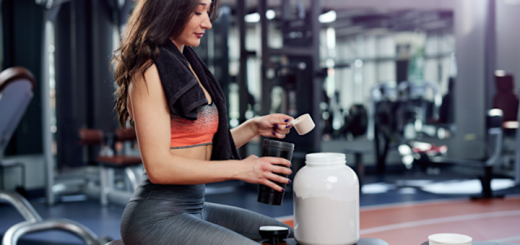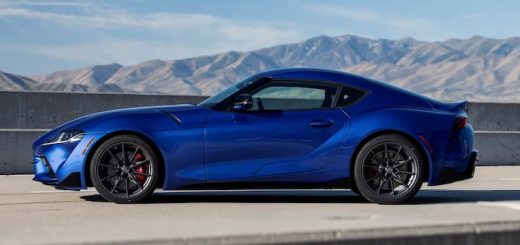Safe on the Water: 5 Essentials for a Care-Free Boat Ride
Recreational boating is a very fun activity you can do with your friends and family, or even on your own. It’s perfect for relaxing, exploring and learning new things about the waters and yourself. But when going on a ride it’s important to have some fun boat accessories, but also all of the essential safety gear. The waters can sometimes be unpredictable and it’s better to be safe than sorry.
Life Jackets and Floating Devices
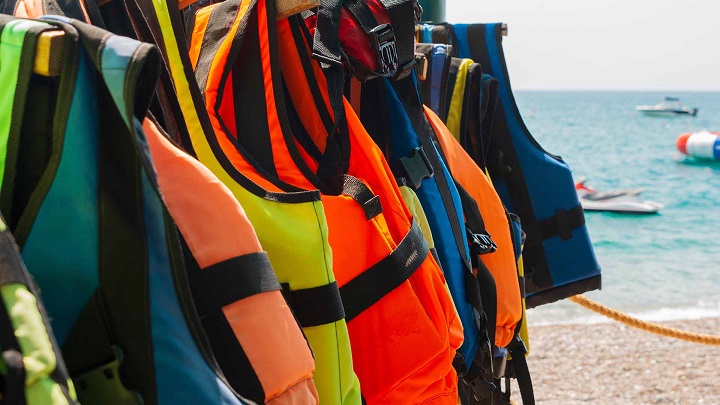
The main purpose of a life jacket is to hold a person afloat if there’s an accident while on the boat or while waterskiing. Life jackets are also known as PFDs or personal flotation devices. They’re a must-have on every boat no matter its size. It’s important to choose premium-quality boat safety equipment. This way you won’t risk your and other people’s safety.
Make sure that there’s a life jacket for every person that’s on the boat. Children under the age of twelve should always wear them while on board. Adults should always have them close at hand. They should know where the jackets are and how to reach them as fast as possible. Everyone should be equipped in case of an accident. In this case, even if someone falls unconscious the life jacket will keep them afloat.
You’ll find 5 types of life vests. Type I has great buoyancy, it’s bulky and will turn the person face up. Type II is more budget-friendly, has a simple construction and will also keep you face-up. Type III are ski vests. They’re good for conscious wearers and have a buckle and a zipper. Type IV are the types of vests you need to hold. Last but not least, type V vests are a combination of whitewater rafting vests, sailboat harnesses and flotation coats.
When you decide to buy life jackets, getting the right fit is crucial. Purchasing a vest or jacket that fits properly is crucial. A very small one won’t keep you floating, while one that’s too large could slip causing you to go under. Try on the jacket before buying it. Make sure the straps and buckles work properly and are tight. Otherwise, it’s a safety hazard.
Have the seller or your friend pull it up. If it goes up to your chin and not a centimetre more, you’re good to go. For children’s jackets pay attention to the crotch buckle, it should be as secure as possible. Always check for some potential damage like rips, damaged seams or other possible damages. If you notice some, replace the vest immediately.
EPIRBs and PLBs
When you’re in a dangerous situation, PLBs or personal locator beacons and EPIRBs or emergency position indicating radio beacons can save your life. These devices are efficient tools that will help rescue crews locate you as fast as possible. You’ll be happy to have them during sinking, electrical problems or being outside of the VHF range, where other forms of communication fail you. You should always have them on board no matter if you’re going on a long cruise or a short trip.
EPIRB
EPIRBs are an important boat safety equipment that can be managed in 2 ways. You can do it manually or automatically. The manual approach requires a person to activate the signal. The automatic one will react and activate as soon as it touches salt water. Most boat owners attach the manual device to the bulkhead or in the life raft grab bag. Be careful where you install the automatic one because even the slightest splash can activate it.
PLB
A 406 MHz PLB device is a great replacement for an EPIRB device. This boat safety gear is personal property and doesn’t have to be registered to the vessel. Once manually activated, it sends the signal to the targeted place. However, bear in mind that it will stop sending signals sooner and has a lower battery life than the EPIRB. This is a good device to have if you’re an owner of a smaller boat.
Fire Extinguishers
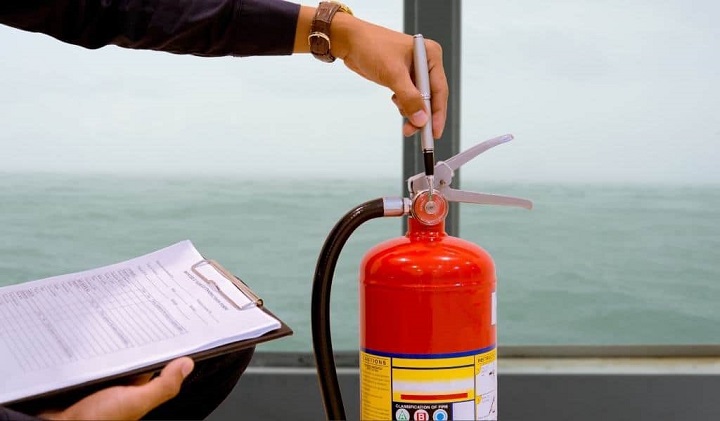
Fire extinguishers are not meant to be used on land only. There are extinguishers made for boats, especially if the boats are motor-powered. They’re classified by letters so you know which one is made for which purpose.
- A – paper, wood, cloth;
- B – flammable liquids and gasses;
- C electrical equipment;
- D – combustible metals.
Depending on the boat’s scale, you can determine how many you’ll need. Always place them in an obvious, accessible area so that people can see them right away and act accordingly. Make sure that everyone on board knows how to aim at the target, squeeze the handle, and draw the pin. Doing this will lessen the chances of damage and danger while on water.
Sound Signalling Devices
If there’s a real emergency on your boat, it’s of utmost importance to stay as calm and collected as possible. Keep your composure, put down the anchor and activate the EPIRBs or PLBs. Having sound signalling devices can also help. They can work for both day and night times. If your boat is under 12m long, you should have a signal that people can hear from at least 1km away.
Your voice might not be helpful enough but whistles, horns and bells will do a great job. If your boat is longer than 12m, you should have a signal that can be heard for at least 1km and lasts for at least 6 seconds. It’s recommended that even kayaks should have a whistle on hand.
Visual Signalling Devices
In addition to sound signals, your boat should be equipped with visual signals as well. They’re better for nighttime accidents. They come in many sizes and ranges. If your vessel is smaller than 5m you should have flares. It doesn’t matter where or for how long you’re sailing, there should be a visual signal on hand. If the boat is larger than 5m, get day and night visual signals. Some of the options you have are aerial light flares and orange or white smoke signals.
